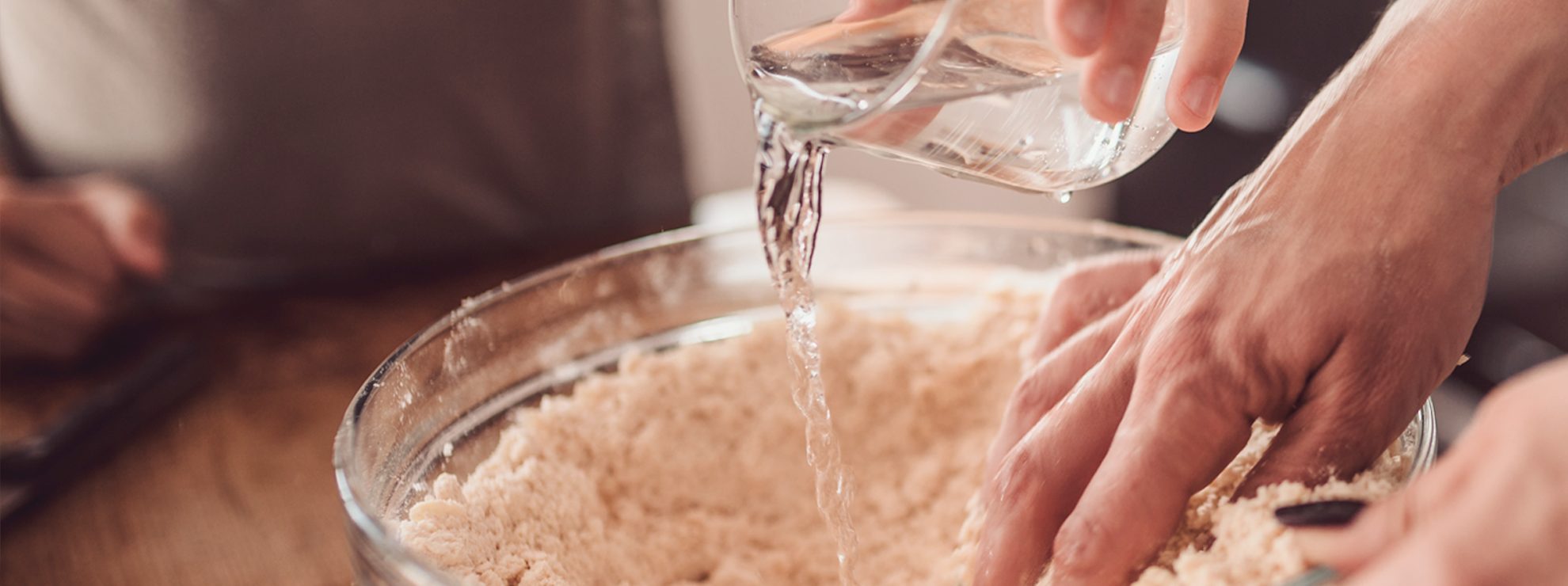8 Ways Supermarkets Are Tricking You into Spending More
Supermarkets are one of those unavoidable things, unless you have your own farm and know how to live off the land like Davy Crockett. We all need to do our weekly shopping to restock our home supplies. But the problem is: we tend to buy new, unnecessary stock, instead of actually buying what we needed to! Supermarkets are very apt at exploiting our weaknesses, and have many tricks up their sleeves (like playing the right music, having a specific layout etc.) to entice you to buy way more than you need. If you want to avoid this problem, then read on.
;)
Supermarkets are a great modern-day convenience and make our lives so much easier. But by the same token, they’re like any other business: they need to make money. It should not at all be surprising then that supermarkets go to great lengths to study human habits and design their stores accordingly to make you shop as much as possible. Most people are unaware of their enticing subtleties, so we have a few tips to help you save money by avoiding these distractions and buying what you actually need!
1. Stick to your list

This seems like a no-brainer, but make a shopping list before you go to the store and stick to it. Always keep a list nearby and fill it in as you go. This ensures that everything you need is actually written down, and you won’t forget to buy anything.
2. Listen to your own music

This might not be so obvious to you, but music actually influences the way we shop. In fact, if the supermarket music is lower than our heartrate beat, we tend to spend almost 30% more! Think about it. When we listen to slower music, we take our time, pick up more products and eventually, spend more. By putting on your own music, you are more likely to stick to your shopping list and prevent overbuying!
3. Walk clockwise

Apparently, if the supermarket’s entrance is in such a way that shoppers need to walk counter-clockwise, they are likely to spend up to 7% more. So beat the system and be a rebel: walk the other way around!
4. Grocery staples at the back

Often times, the supermarket layout is designed in such a way that you need to walk through most of the store to get to the basic staples you need (like milk, flour, rice, coffee, etc.). Again, this is why a list is important, otherwise you might get distracted with all the items you don’t need, which means you end up spending more money.
5. Don’t follow your nose

There’s a good reason why many supermarkets have an in-store cafe. According to research, customers are 40% more likely to dwell in stores with cafes, and this also leads to increased shopping basket sizes. But more than that, the aromas surrounding cafes (such as freshly baked muffins and coffee) mean that customers are more likely to overspend on baked goods and other treats. For this reason, is good to not go shopping when you are very hungry.
6. Label strategy

Not all of us walk around with calculators, so we mostly do quick calculations in our head. Marketers know this, so they often place average-priced items beside expensive, high-end items (like organic food products). Shoppers then think they are saving, when in actual fact, they are simply paying the normal price.
7. The tasters

We all love a freebie, so most of us won’t complain when a supermarket gives out free tasters. But beware – these tasters are likely to make you shop more. Once you take a bite, they will probably have a recipe card ready for you, and before you know it, your shopping basket will be filled with ingredients you never intended on buying in the first place.
8. Waiting in line

When your shopping basket is finally filled to the brim with unnecessary food items, the supermarket deals one final blow to your grocery budget. Wait in line, and you will notice all kinds of “last-minute” small items. Like magazines: you started reading through one while waiting, and now you just have to finish it – so you buy it. Chocolate and candy are also abundant on these shelves, and waiting in line seems to make you especially full of cravings, and as soon as you know it, you’ve bought enough candy for a whole week! So beware of this; again, don’t go shopping when hungry.
;Resize,width=767;)
;Resize,width=712;)
;Resize,width=712;)
;Resize,width=712;)
